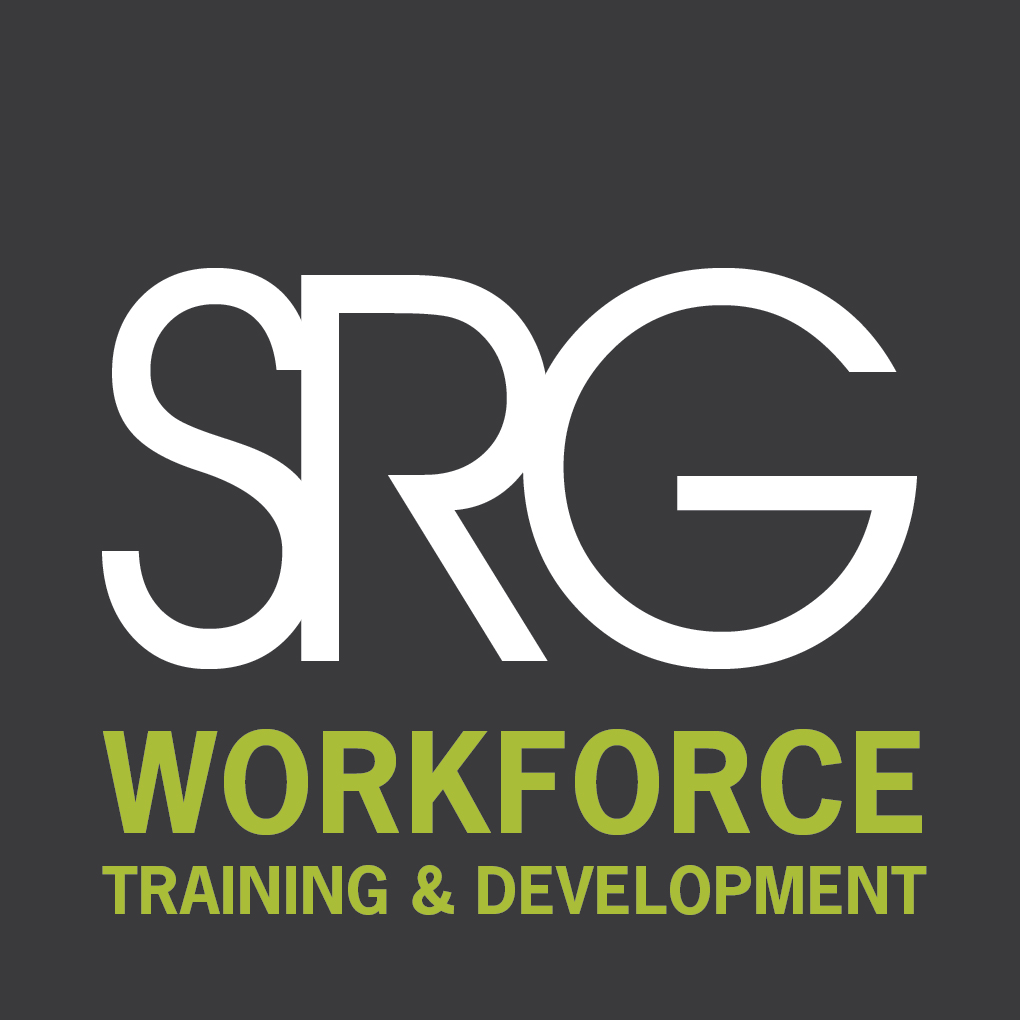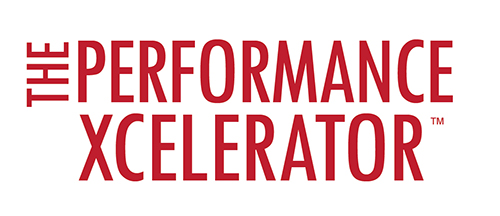
Are Performance Reviews Dead?
Or Are They Worth Saving?
The Performance Review. Over the decades, we’ve attempted to automate it, systematize it, and make the process more uniform. We’ve tried to transform it from a yearly “report card” into a corporate workhorse to increase productivity and engagement, enhance vertical goal alignment, make compensation fairer, generate ideas, and (dare we say it), ambition.
We’ve even turned it into an entire industry. Cascading goals, pay-for-performance strategies and sophisticated appraisal software were supposed to be the “wave of the future.” Providers offered newer, more scientific methods, promising to:
- eliminate the unpredictability of performance evaluation; and
- make the process invulnerable to the quirks or failings of managers who were doing the evaluating; and
- better justify using the performance review as a tool for determining compensation and advancement.
Still, a recent study by Deloitte found that more than 70 percent of organizations surveyed globally were not happy with their performance evaluation process and were looking for change.
Ouch. With all of the re-evaluating, updating and transforming we’ve attempted, have we ever truly improved the performance review — or is it a “lame duck” beyond saving?
Clearly, you can’t just abandon reviews entirely. But if your processes were developed five or more years ago, they may no longer serve your company well — and may require a fresh approach. Why?
Corporate structures are flatter. Relationships today are rarely 1:1 between an employee and a supervisor; rather, people work in intersecting teams with both leaders and peers. The result is that no one manager has access to all the data she needs to fully evaluate an individual’s performance.
Philosophies about the purpose of employee evaluations are changing. Sure, it’s important to have a basis for determining raises and promotions — as well as terminations and layoffs — but isn’t it just as important that the process encourages engagement and ongoing development?
The Deloitte study found that “fewer than 30 percent of all organizations feel their existing process drives any level of performance or engagement at all.”
That’s an opportunity lost: employees hunger for management processes that will help them to grow and develop, not simply assess their current success or failure.
What’s more, evaluations that focus on ranking employees are often only helpful to the top performers; low rankings rarely result in improved performance but instead lead to discouragement and disaffection.
Rapidly evolving projects, assignments and goals make the annual performance review cycle obsolete. How can an employee be evaluated against last year’s goals when this year’s goals are entirely different? What about goals that change from month to month? Today’s workplace demands a fluid, progressive appraisal process that moves with and responds to constantly changing goals and assignments.
Simply put, the nature of your workplace is changing. To be effective, your review processes should change as well. How, then, should you build this new performance appraisal process?
Some experts say the annual review will continue to be important wherever compensation is revisited annually. However, the yearly review can exist alongside, or as a supplement to, an ongoing performance management process that is more dynamic and situational and incorporates feedback from multiple sources. Here are some strategies for building such a process:
- Create opportunities for employees and groups of employees to set their own goals and revisit these goals for self-appraisal frequently.
- Train managers to offer frequent feedback on performance. Encourage them to act as coaches: positive feedback is given often, and negative feedback is specific, immediate and given with the goal of improving performance rather than just “weeding out” poor performers.
- Recognize achievement in real time. Waiting until end-of-year reviews or recognition ceremonies dilutes the impact of that
all-important pat on the back. The purpose of recognition is not to make everyone else jealous; it’s to encourage more of the same. - Resist schemes that can create perverse incentives, such as pay for performance, which encourages employees to focus on
their individual output, sometimes to the detriment of team performance. - Develop a culture in which feedback is common and expected by adopting tools for all employees to give one another feedback, both vertically and peer-to-peer.
- Explore vehicles for crowdsourcing feedback and recognition. Internal social newsfeeds, carried out in real time, offer opportunities to enhance the culture of feedback and bring multiple viewpoints into the recognition process. Making feedback social makes it less competitive and more cooperative. And it gives managers access to data and perspectives they might not otherwise see.
So are performance reviews dead? Absolutely not. But to be effective in today’s workplace, they require a culture of continuous, broad-based, developmental feedback and appraisal that informs your annual review process. Revising your review strategy will improve performance, satisfaction, retention and engagement in your company. And that’s a winning recipe for everyone.


A key stage in SRG’s Workforce Maximizer system is The PERFORMANCE XCELERATOR™ which allows SRG to harness key performance indicators in order to maintain optimal productivity. Utilizing workforce cycle employment methods, our trained team of Account Managers actively coach and counsel our Team Members to mitigate turnover and increase employee retention.
For more information on SRG’s workforce training and development services, contact your local SRG office.

